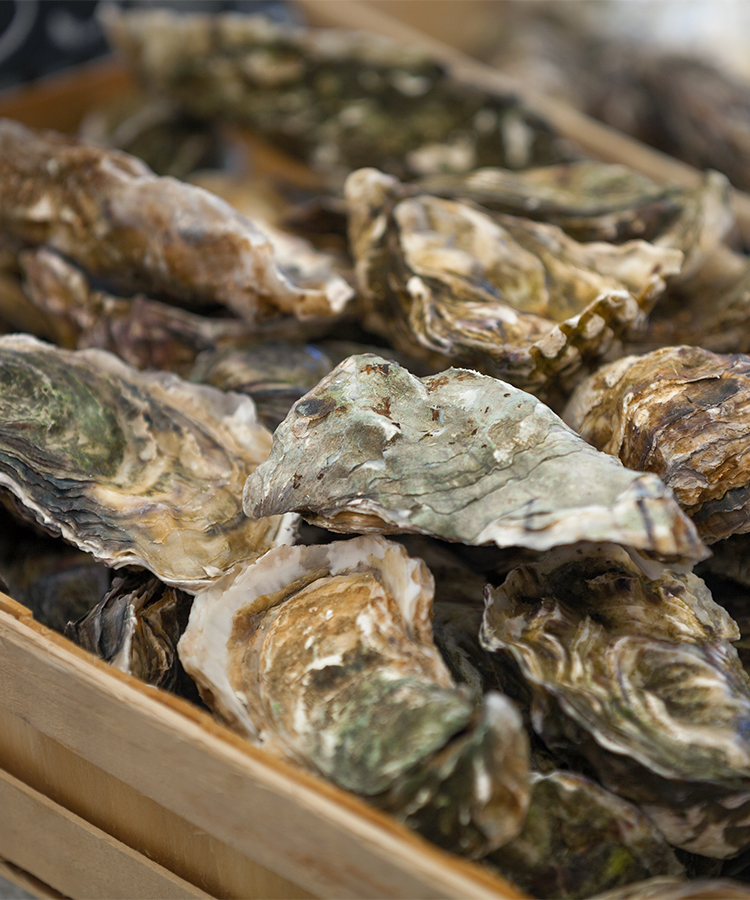Oysters belong on seafood platters, raw on a bed of ice with beer or Champagne, or served cooked up Rockefeller style. But they also belong in your beer. Yes, inside your beer.
Oyster stouts are dark, semi-sweet beers brewed using actual oyster shells. The Beer Judge Certification Program doesn’t have a separate category consisting solely of oyster stouts, but puts it in the “sweet stout” section of dark British beers alongside milk stouts and cream stouts. The style is very much recognized and appreciated by American craft brewers looking to tie their brewery names to something unique, though. Just don’t mistake oyster stouts as being a product of the craft beer revolution.
Oysters and beer go way back, much further back than oysters in beer. In England in the early 1900s, drinking the go-to beer (a stout) while downing some cheap mollusks at the pub was a given. So much so, in fact, that Guinness ran ads with the line, “Opening Time is Guinness Time. Guinness and Oysters are Good for You.”
Light beers are par for the course today, but stouts are actually good companions for oysters. The slightly bitter, slightly sweet nature of a stout pairs nicely with the briny flesh of an oyster. As far as actually getting the oysters into the beer, well, that origin story is a little hazy.
It’s possible that oyster stouts started as a myth, the blog New School Beer writes, citing notes from beer writer Michael Jackson. The Colchester Brewing Company made a beer called the Oyster Feast Stout for an oyster harvest party. It didn’t necessarily have oysters in it, though. The more likely story is that brewers used oyster shells as a refining agent.
To naturally clarify a beer, brewers need something to gather the particles together and sink them to the bottom. Some breweries still use isinglass, or fish bladders, to this day, but oysters work just as well. Modern oyster stouts have strayed from the clarifying purpose, and oysters are added primarily for flavor.
According to the Homebrewers Association, brewing an oyster stout today is just like brewing a traditional stout style. For beers with big flavors like oatmeal stouts, the entire oyster is thrown in. Beers with more subtle flavors like dry stouts have just the shells put in. Regardless of how many the brewer decides to put in, oysters are usually added during the boil for the full briny ocean flavor.
Oysters might sound like just another kooky beer ingredient. They’re not. Some examples to keep an eye out for include Flying Dog’s Pearl Necklace, 21st Amendment’s Marooned On Hog Island, and Porterhouse Brewing’s Oyster Stout.
And if you’re wondering what food to pair with it, don’t overthink things. Get some oysters.
